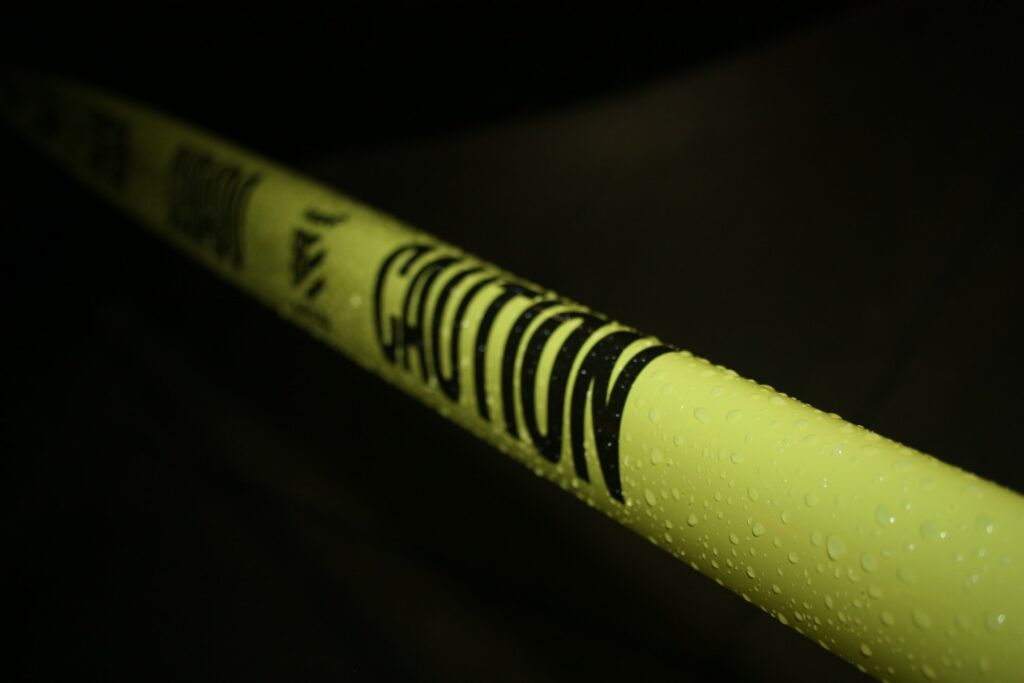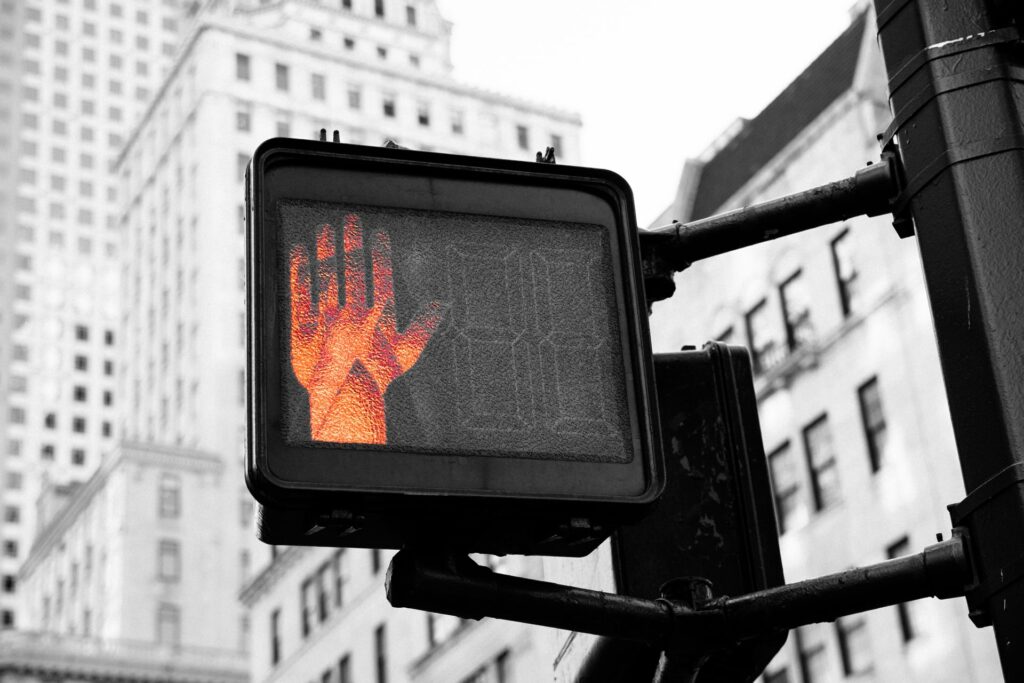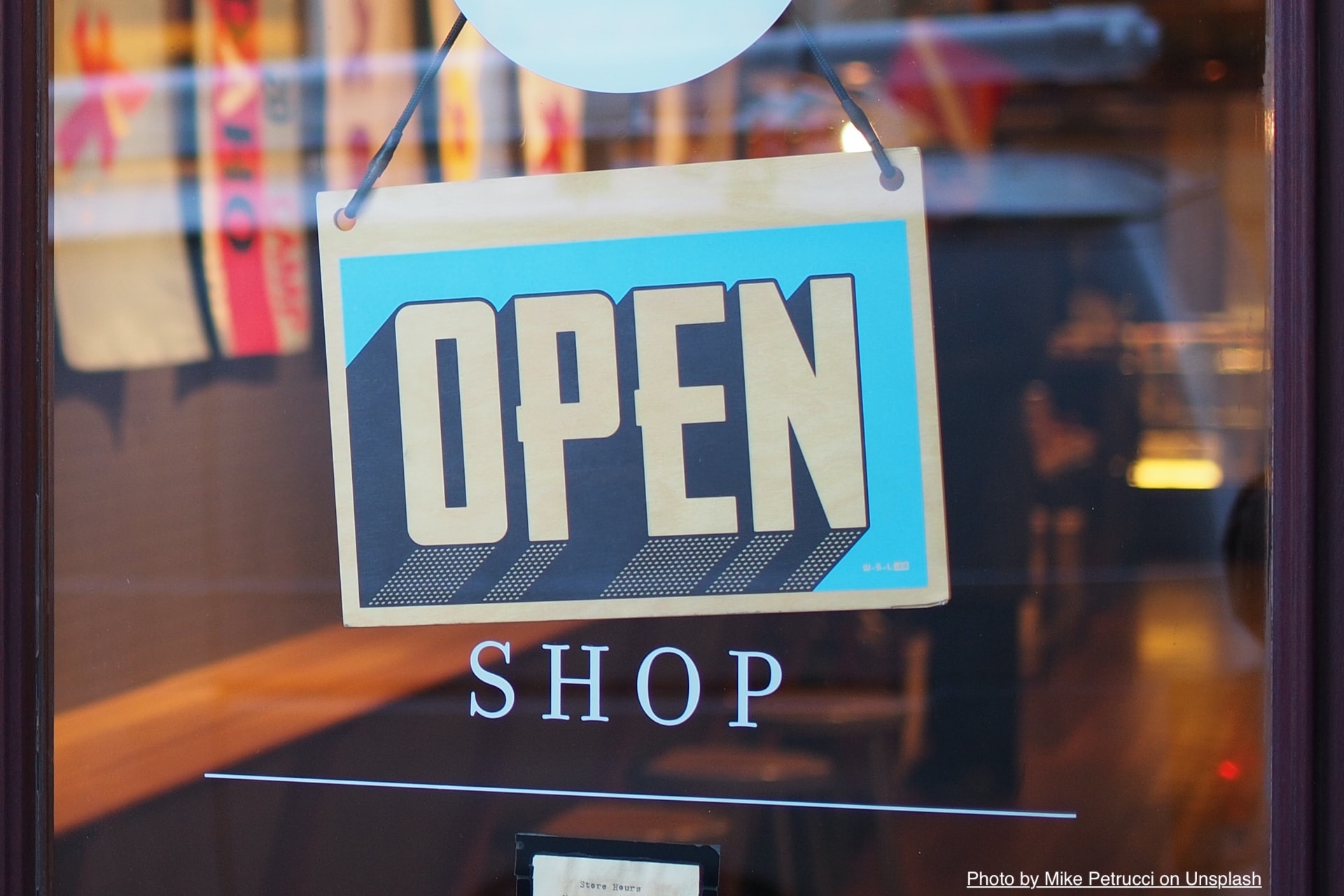In the US, small businesses make up about 99% of all companies combined. This means that 1 out of 2 private-sector employees work for a small business. However, many small businesses often fail due to the lack of small business resilience policies that safeguard them from many risks.
Be Ready For Disasters

Photo by Marvin Esteve on Unsplash
Sadly, there are many causes why these kinds of businesses do not make it. Moreover, they can be linked to natural hazards or even human-caused disruptions. However, what increases the chances for small businesses to fail during these fatalities is preparation.
For instance, when small businesses become defenseless after an unsettling event, more than 40% of them never reopen again. For instance, 25% of businesses that do reopen are most likely to fail within a short time.
However, these unexpected disasters lead failed business owners to regret not making advanced preparations to deal with such situations. Likewise, planning is an important step to increase the chances of your business surviving a disaster.
Following this small business resilience guide will teach you many strategies to keep your business up on its feet even during the most challenging times. You owe this not only to your business but to your staff, community, and, most importantly, to yourself.
Start Recognizing Risks
Knowing the possible risk that your business might face plays an essential factor in evaluating the amount of damage your business might encounter during a sort of disruption. Because you are a small business, you need to be cautious to prioritize all of your limited recourses, which include both time and resources.
The very first step to prepare for a disaster is to go through every type of disaster your business might face. This is usually linked to the location you have opened your business, what sort of natural disasters might strike the area, what troubles your community usually goes through, and more.
Types of Disasters

Photo by Kai Pilger on Unsplash
No matter where your business is located, there is a chance it can be affected by a potential disaster. You can sort these disasters into two categories:
- Natural
- Man-made
If your business is unprepared to face these kinds of disasters, they can interrupt your earnings as well as causing terrible losses that can lead your business to fail.
For this reason, every small business should know how to identify these potential disasters:
Natural
- Fire
- Flood
- Earthquake
- Hurricane
- Intensive Rain Storms
- Tornados
- Landslide
- Sand storms
Man-Made
- Theft
- Hackers
- Epidemic
- Vandalism
- Power outage
- Bookkeeping error
- Civil disorder
- Hazardous material
- Accident
- Terrorism
- Workplace violence
Identify Internal & External Risks
Based on all of the fatalities you have considered, look deeper for other risks that could potentially be a threat to your business. You can do this by identifying both internal and external possible hazards. Ask yourself questions like:
- What should I worry about that can lead me to significant loss regarding my business?
- What type of community surrounds me?
- Which factors are the most likely to cause my business to fail?
- Do I have the right accounting practices?
- Have I paid all my taxes?
Know Your Critical Business Resources
These are the resources that come in handy for a major operation. If they are taken away, they can lead your business to fail at rapid speed. Similarly, you can classify them into six distinct groups, which include:
- People
- The Main Business Functions & Processes
- Facilities
- Specialized Equipment and Inventory
- IT Resources
- 3rd Parties which include Suppliers and Vendors
The importance of each of these six resource groups all depends on the type of business you run. However, all of them contribute in one form or another to all types of businesses. Identifying the type of critical recourses will help you know what can cause your business to fail in disruptive situations.
Let’s take an example; assume that most of your earnings come from inventory. This means that you need to prioritize its protection more from the damages that your business might face. For instance, if you experience a flood, you need to be prepared to place your inventory in the safest location possible.
Know Your Employees

Photo by Annie Spratt on Unsplash
Remember always to update your employee’s contact information. This will also make it possible to contact them in a hazardous situation. When this happens, make sure to contact your employee to see if they are safe and inform them about the operations you are about to take to prevent your business from falling.
Likewise, your employees can come in great help in these situations and are likely to be a cause of your business overcoming the disaster. To continue your reediness regarding communication with your employees, update their contact information from time to time.
Don’t Forget About Insurance
Insurance is an important factor for all businesses. For instance, its role is designed to reduce the cost of losses your business needs after a disaster (fire, flood, accident, etc.)
For instance, insurance plays a significant role in covering expenses that are caused out of your control. Its purpose is to increase the chances of your business surviving after a fatality.
There are two kinds of insurance to be considered when preparing for a disaster:
- Business interruption coverage. This repays you if you lose income due to an involuntary shutdown.
- Property coverage. The type of insurance secures the value of the assets that form your business (equipment, furnishing, computers, buildings, etc.)
Essential Small Business Resilience Resources
You need to be aware of the crucial resources available, especially to help the cause of small business resilience. To begin with, here are some of them that you can refer to:
- FEMA’s Business Continuity Planning Set https://www.ready.gov/business-continuity-planning-suite
- Business Preparedness Plan – Ready.gov https://www.ready.gov/business
- FEMA’s Small Business Program – https://www.fema.gov/business-industry/doing-business/small-business
- Guidance for Businesses to plan and respond to COVID-19 https://www.cdc.gov/coronavirus/2019-ncov/community/guidance-business-response.html
Attention! Don’t Forget to Network

Photo by Chris Liverani on Unsplash
Another way to help your business grow is by networking with neighboring businesses and other government agencies near your area. This enables you to create a resiliency network in case of a disaster happening.
Similarly, you should stay in touch with the Emergency Services department in your area. The Red Cross and other non-profits are known for helping communities during a large-scale disaster.
To get even more informed about your community’s disaster response plans, don’t hesitate to ask your local government for additional information. Similarly, always ask about the opportunities that exist for your business to provide input to the planning process.



